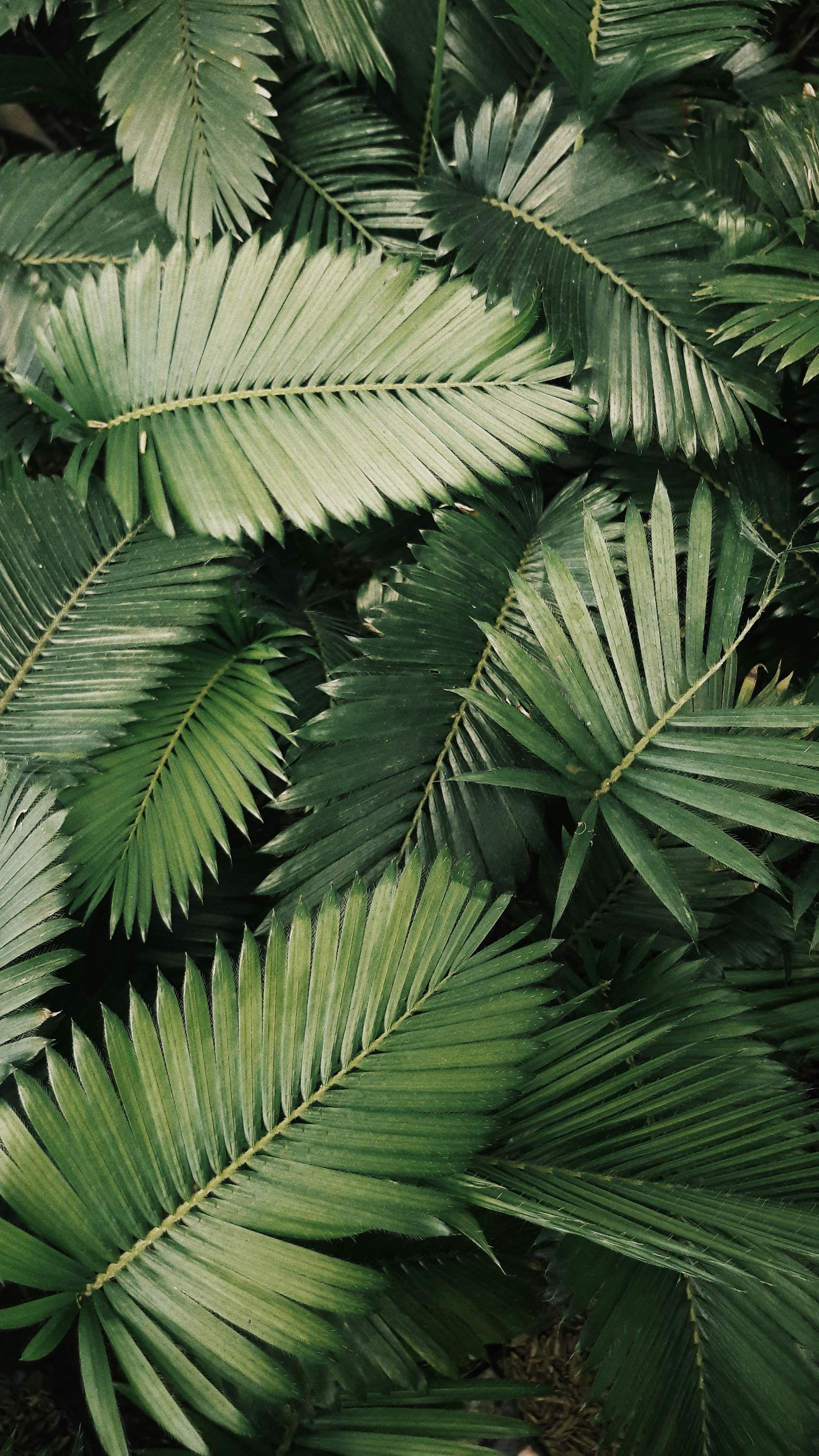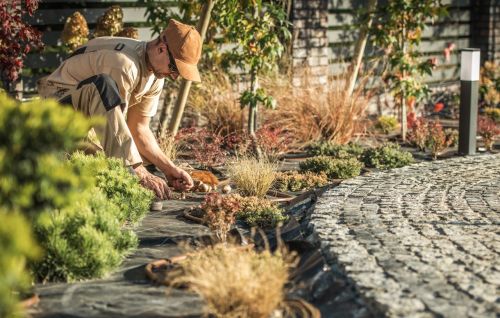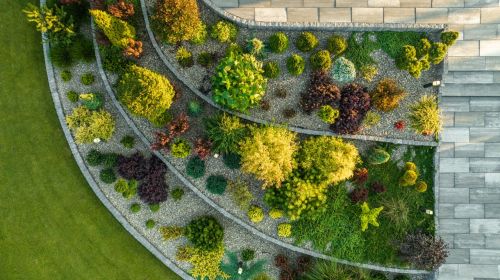With their natural elegance, evergreen foliage, and strong structure, pine trees are indispensable in landscaping design. From residential gardens to large parks and corporate green spaces, they offer both visual appeal and functional advantages. So, what are the types of pine trees, and which ones are most suitable for landscaping? Let’s explore in detail.
rn
A pine tree is a coniferous tree with needle-like leaves and cones. These trees are known for staying green throughout the year and for their resistance to harsh weather conditions.
rnrnKey characteristics:
rnrnFast-growing and long-living
rnEvergreen all year round
rnHelps prevent soil erosion
rnImproves air quality by producing oxygen
rnUsed both decoratively and as natural barriers in landscaping
rnThe choice of pine tree varieties in landscaping projects depends on climate, soil, and intended use. Here are the most popular types:
rnrnHighly resistant to cold climates. Known for fast growth and an upright, symmetrical shape. Commonly used in forestation projects.
rnrnPreferred in urban areas due to its durability. Resistant to pollution, wind, and drought.
rnrnThrives in Mediterranean climates. Heat- and drought-tolerant, ideal for coastal areas.
rnrnWith its striking blue-silver foliage, it adds visual contrast to landscape designs. Often chosen for ornamental purposes.
rnrnUsed both as a hedge and decorative element. Shade-tolerant with a dense and upright structure. Arborvitae pine tree varieties are especially popular in perimeter landscaping.
rnrnOften pruned into ornamental shapes or used as bonsai. A great choice for artistic or Zen-inspired garden layouts.
rnrnGrand and majestic, Cedars are ideal for spacious areas. They remain green even in colder climates and provide strong vertical structure.
rnrnArborvitae pine tree varieties are favored by landscape designers for their neat form and low maintenance needs. Common varieties include:
rnrnThuja occidentalis (Western Arborvitae): Dense, compact, and low-growing
rnThuja orientalis (Oriental Arborvitae): Well-suited for warm climates
rnSmaragd (Emerald) Arborvitae: Tall and symmetrical, perfect for decorative borders
rnBrabant Arborvitae: Fast-growing, ideal for privacy hedges
rnThese arborvitae pine tree varieties are especially useful in narrow spaces or formal garden layouts.
rnrnClimate Compatibility: Choose species adapted to your regional climate
rnAvailable Space: Leave room for root spread and future growth
rnPurpose: Decide whether the tree is for decoration, shade, or boundary marking
rnGrowth Rate: Fast-growing species quickly deliver a lush green appearance
rnWhile pine trees are generally low-maintenance, some basic care practices help ensure healthy growth:
rnrnWatering: Young trees need regular watering; mature trees require less
rnPruning: Once a year to maintain shape and remove diseased branches
rnSoil: Prefers slightly acidic, well-drained soils
rnFertilizing: Apply balanced fertilizer in early spring to boost growth
rnWith their durability, year-round greenery, and elegant appearance, pine tree varieties are excellent choices for all kinds of landscape projects. In particular, arborvitae pine tree varieties have become a staple in modern landscaping thanks to their neat and structured form.
rnrnFor expert advice, suitable pine tree selections, and landscaping solutions, Cem Botanik is always here to support your project!
rn




